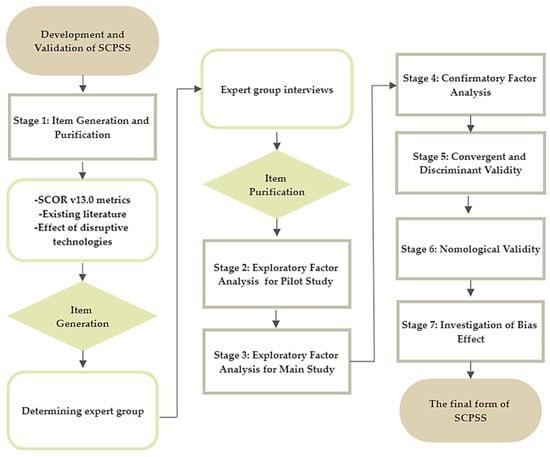In the fast-paced world of field service operations, staying ahead of the curve is essential. However, one challenge that continues to plague organizations is the issue of parts obsolescence. When essential components become obsolete, it can disrupt workflows, delay repairs, and ultimately impact customer satisfaction. In this article, we will explore 6 innovative strategies for managing field service parts obsolescence, ensuring smooth logistics, efficient transport, and timely shipping. Let’s dive in to discover how you can tackle this common problem head-on and keep your operations running smoothly.
Challenges of Managing Field Service Parts Obsolescence
Managing field service parts obsolescence can be a challenging task for businesses operating in various industries. With the rapid advancement of technology and the constant introduction of new products, it can be difficult to keep track of obsolete parts and ensure that they are properly managed.
Some of the main challenges that companies face when it comes to managing field service parts obsolescence include:
- Lack of visibility: Difficulty in tracking and identifying obsolete parts across multiple locations.
- Cost implications: High costs associated with storing, managing, and disposing of obsolete parts.
- Impact on customer service: Risk of delays in servicing equipment due to unavailability of obsolete parts.
- Inventory management: Balancing the need to keep a stock of obsolete parts without tying up excessive capital.
- Regulatory compliance: Ensuring that obsolete parts are disposed of in an environmentally responsible manner.

Strategies for Effective Logistics in Field Service
When it comes to managing field service parts obsolescence, having effective logistics in place is crucial. One key strategy is to regularly review inventory levels and identify parts that are at risk of becoming obsolete. This could involve analyzing historical data, monitoring market trends, and collaborating with suppliers to gain insights on product life cycles.
Another essential strategy is to optimize transportation and shipping processes to minimize lead times and reduce costs. This could include utilizing advanced tracking technologies, implementing efficient route planning, and partnering with reliable carriers. By streamlining logistics operations, field service organizations can ensure that the right parts are delivered to the right place at the right time, ultimately improving customer satisfaction and maximizing profitability.

The Role of Transportation in Minimizing Parts Obsolescence
Transportation plays a crucial role in minimizing parts obsolescence by ensuring that components are delivered promptly and efficiently. Whether by road, air, sea, or rail, the logistics of transporting parts from manufacturers to end-users is vital in reducing the risk of items becoming outdated or obsolete. By implementing effective transportation strategies, companies can optimize their supply chains and prevent delays that could lead to parts obsolescence.
One key aspect of transportation in minimizing parts obsolescence is the use of tracking systems to monitor the movement of components in real-time. This allows companies to identify potential bottlenecks or delays in the delivery process and take proactive measures to address them. Additionally, adopting sustainable transportation practices, such as using eco-friendly packaging materials and optimizing delivery routes, can help reduce the environmental impact of transportation while ensuring that parts reach their destination in a timely manner. With the right transportation strategies in place, businesses can effectively manage parts obsolescence and maintain a competitive edge in the market.
Shipping Best Practices for Field Service Parts
When it comes to shipping field service parts, it is essential to have a well-planned strategy in place to handle any potential obsolescence issues that may arise. One best practice is to regularly review and update the inventory of parts to ensure that only current and relevant items are being shipped out. This can help prevent unnecessary costs and delays in the field service process. Another important aspect is to work closely with suppliers and manufacturers to stay informed about any potential upcoming obsolescence of parts, so that alternative solutions can be planned for in advance.
Utilizing efficient logistics and transportation methods can also play a significant role in mitigating the impact of field service parts obsolescence. Incorporating just-in-time shipping practices can help reduce the risk of parts becoming obsolete while in transit. Additionally, implementing proper packaging and labeling procedures can help ensure that parts arrive at their destination in optimal condition. By following these best practices, field service providers can streamline their shipping processes and minimize the impact of parts obsolescence on their operations.
The Conclusion
In conclusion, managing obsolescence in field service parts is a crucial aspect of logistics and transportation for businesses. By implementing effective strategies and systems, companies can minimize the impact of obsolete parts on their operations and ultimately improve efficiency and customer satisfaction. Stay informed and proactive in addressing obsolescence in your field service parts to ensure smooth sailing in the ever-evolving world of logistics and shipping. Thank you for reading!
